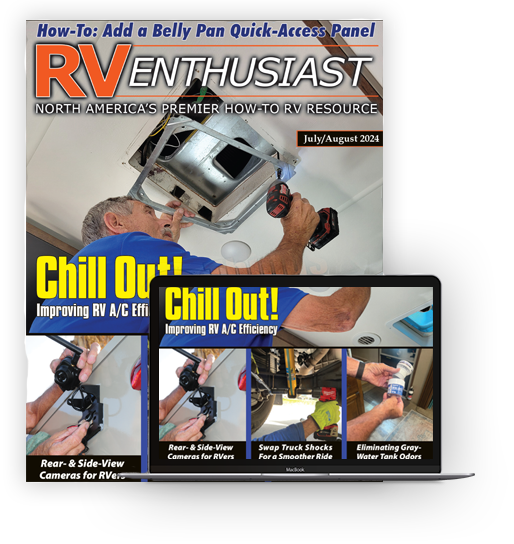Slip-Sliding Away
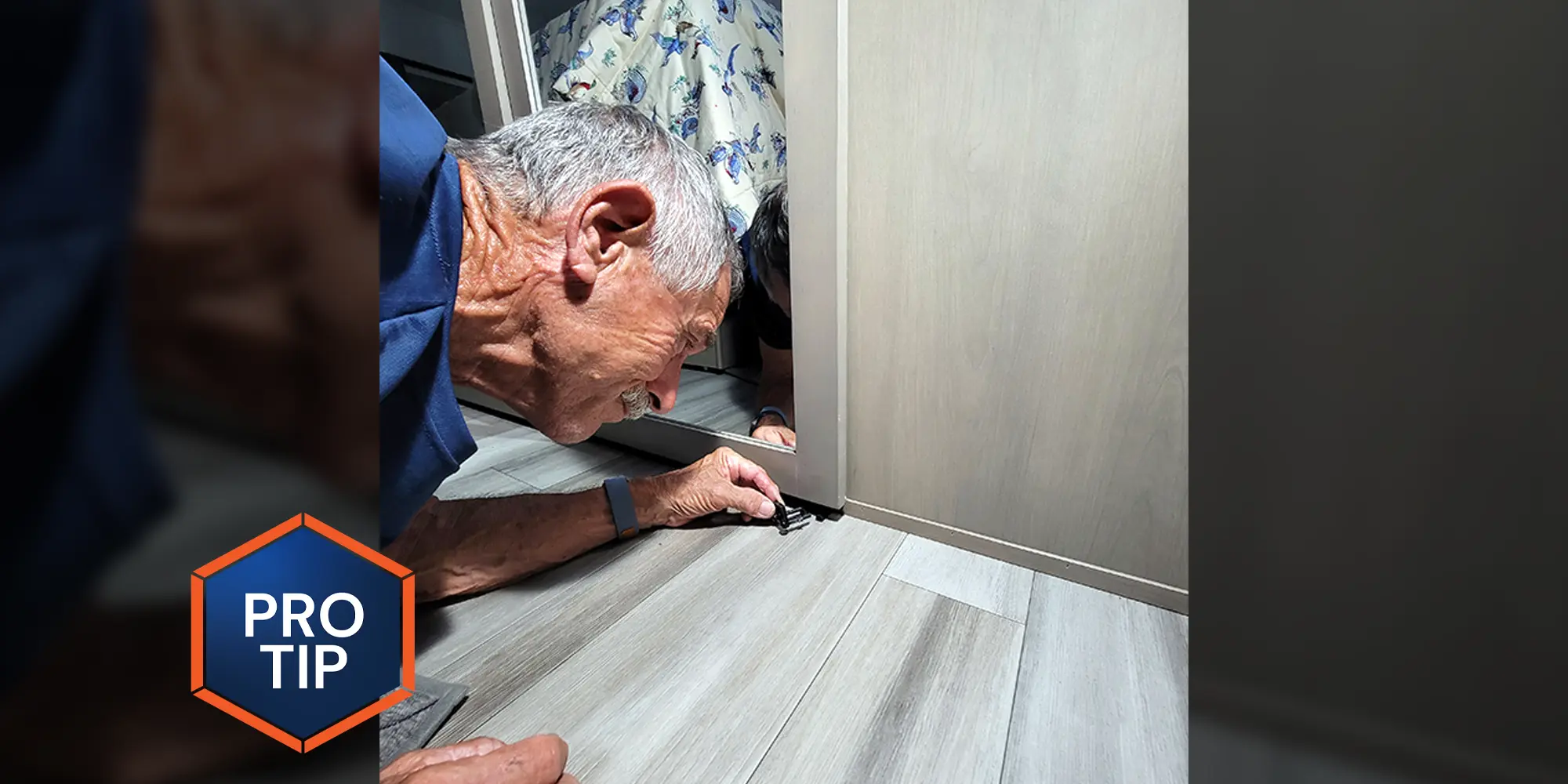
Thin brackets designed to restrain RV closet and/or bathroom doors often break, which leads to sliding resistance and potential damage when allowed to flop around on the road. Installing barn door roller brackets will stop the carnage.
This was the case in my front bedroom, where the double sliding-closet doors were damaged while on the road because the bottom brackets failed. Not wanting to replace the cheesy bottom brackets just to see them break again, I found barn door rollers that fixed the problem — and they were much stronger.
There are dozens of barn door rollers online, but the one I chose is made of metal, has rollers and adjustable bolts (“SMARTSTANDARD Sliding Barn Door Bottom Adjustable Floor Guide Roller;” Amazon, $17.99). When choosing the right product for this job, it was important that the bracket was as short as possible so it didn’t stick out beyond the door too far; I didn’t want a trip hazard. They came in a set and are capable of handling doors up to 1 15/16 inches wide, which was perfect for the two sliding mirrored doors that open in opposite directions and come together in the middle.
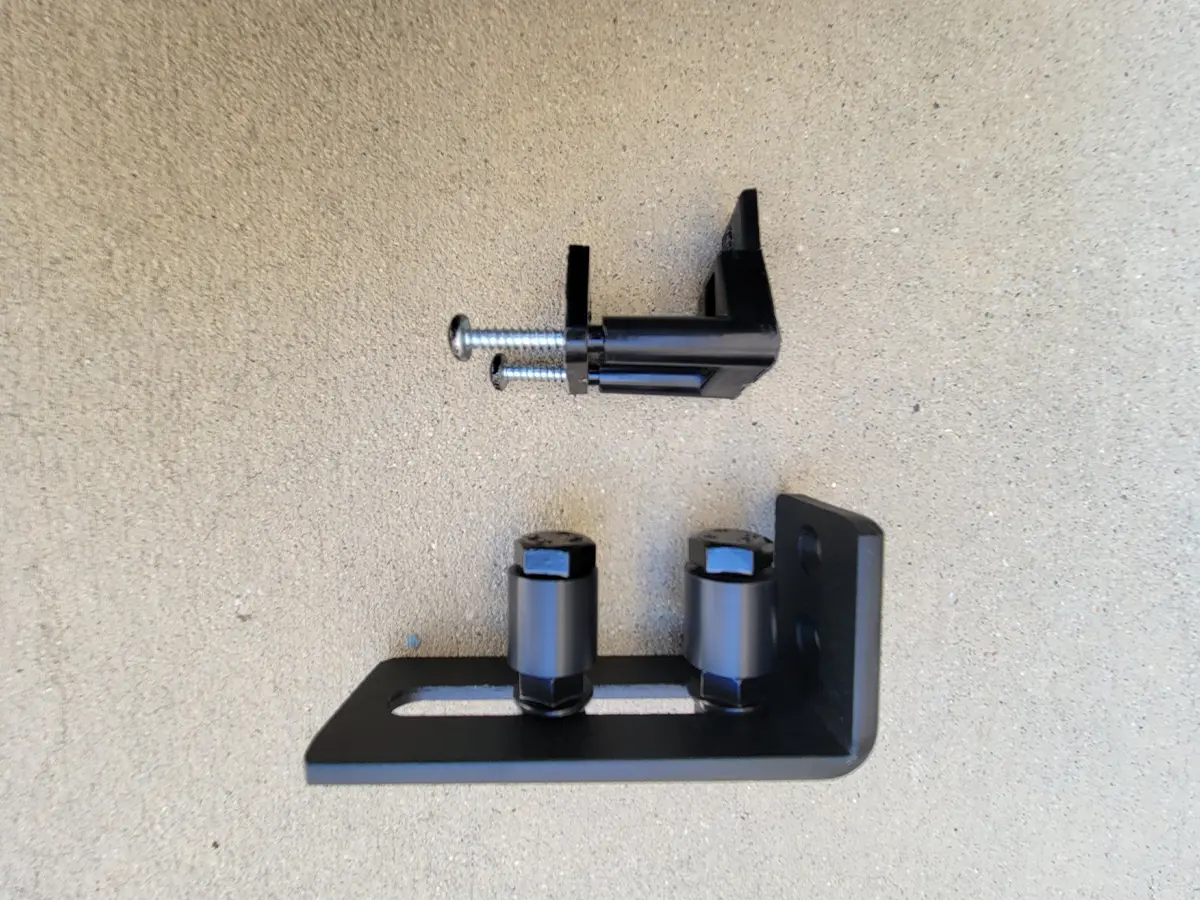
Installation is dependent on how the doors are mounted and the amount of space you have to bolt these to the vertical support board running across the floor — about 4 inches wide in my case, which was not an issue.
The first step was to remove the header board and pull out the screws that stop the doors from going too far in either direction; they stop in the middle. Once the two screws were removed, each door could be slid to clear and remove the existing guide and install the new barn door rollers.
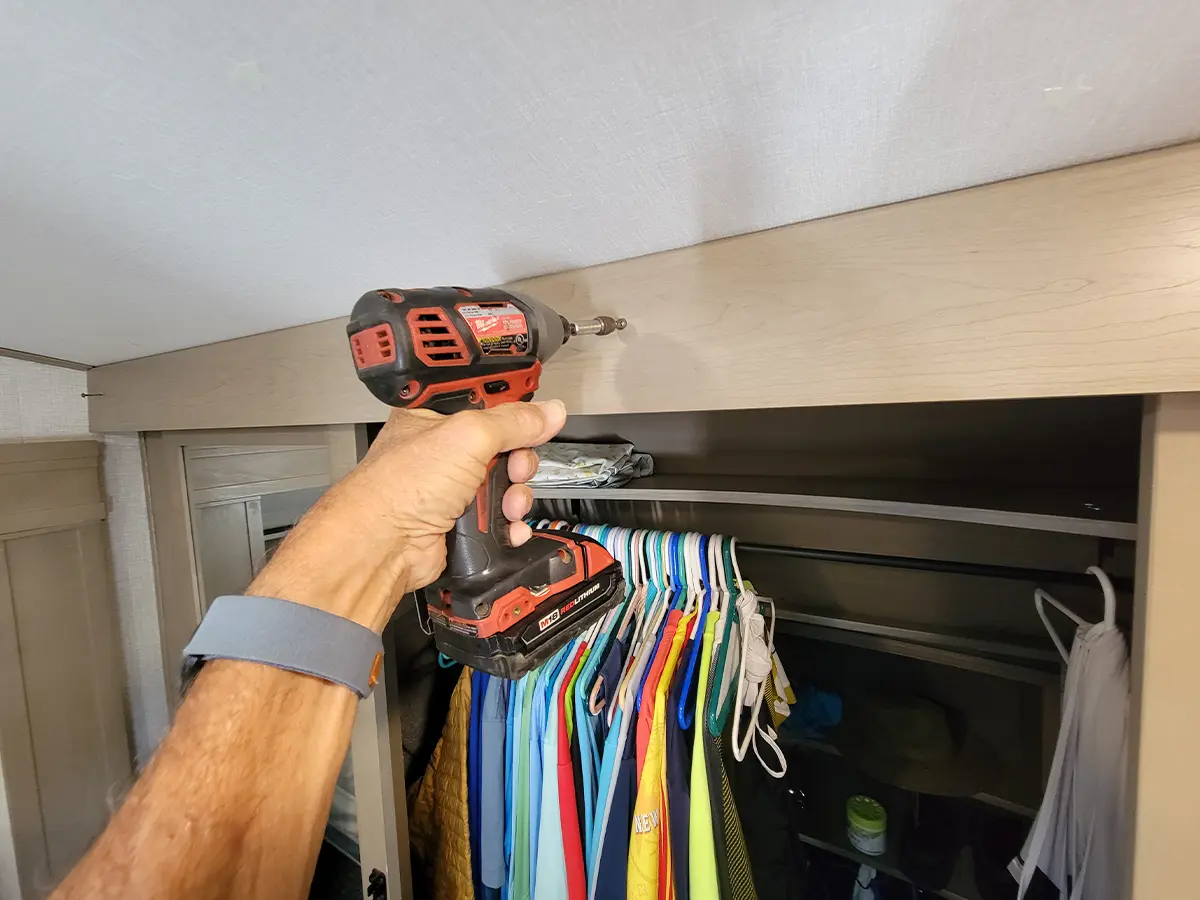
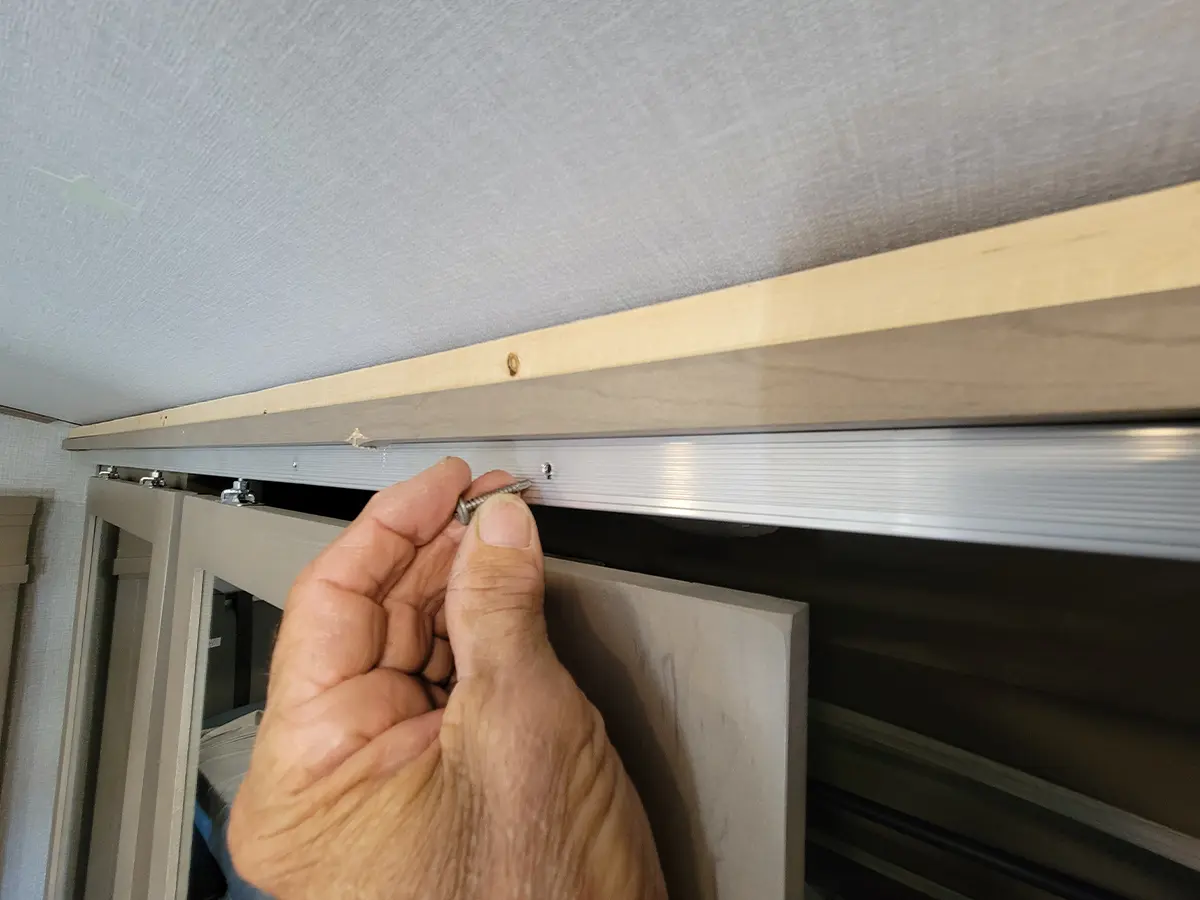
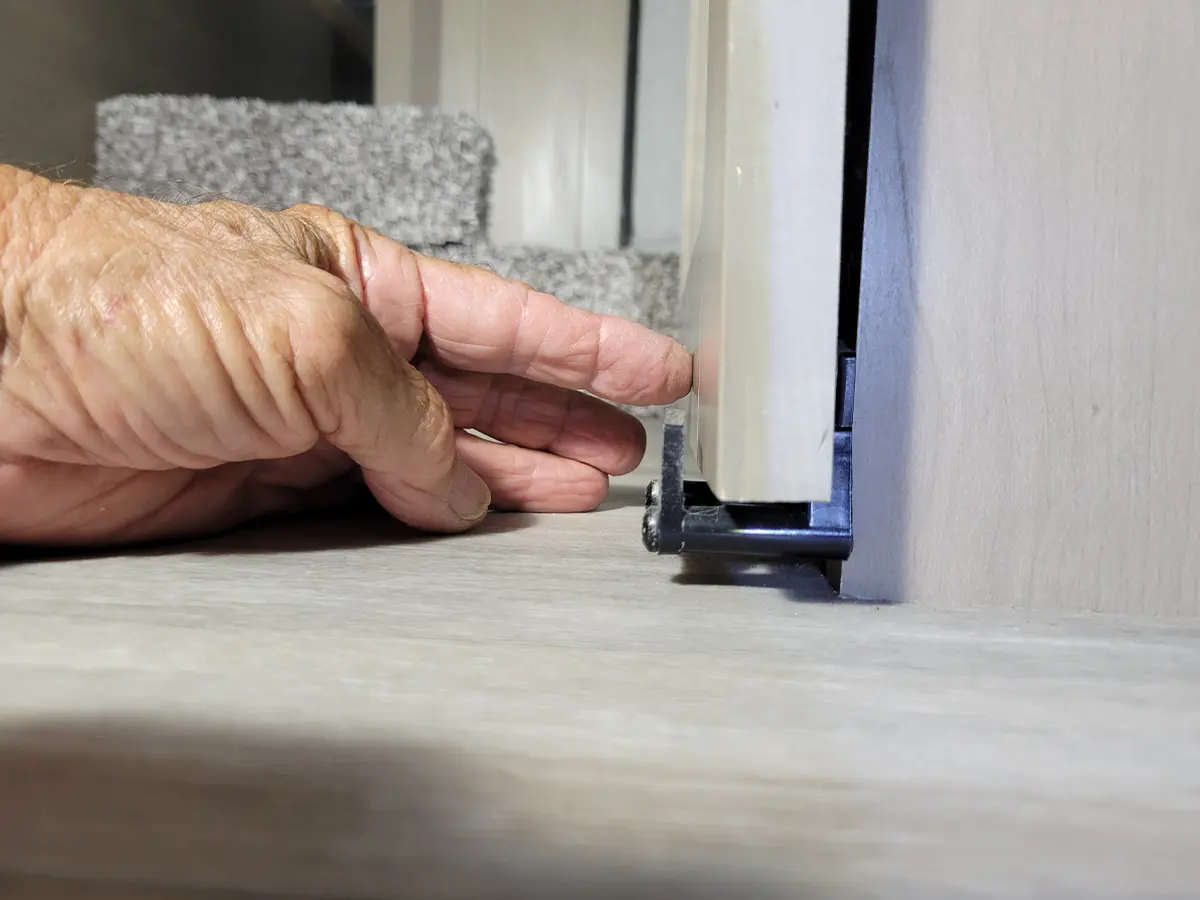
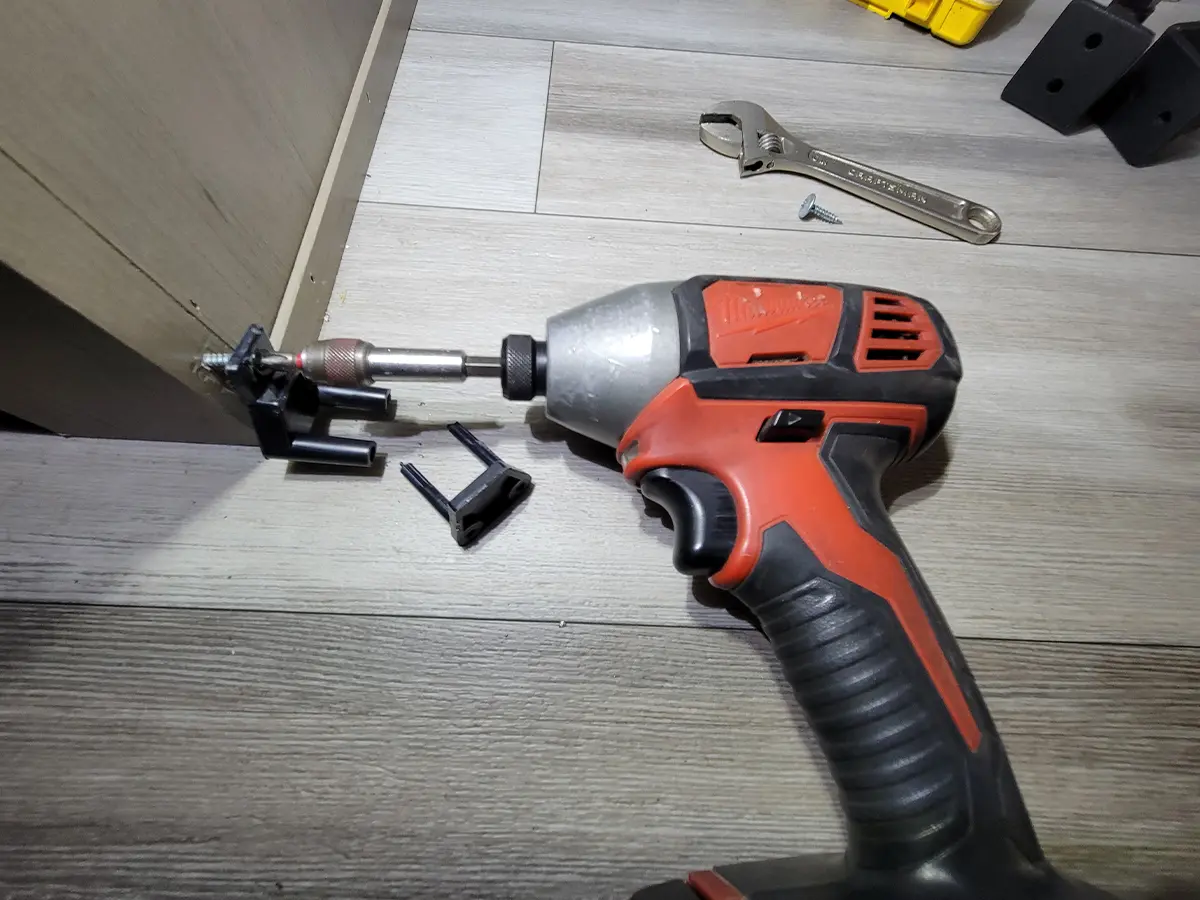
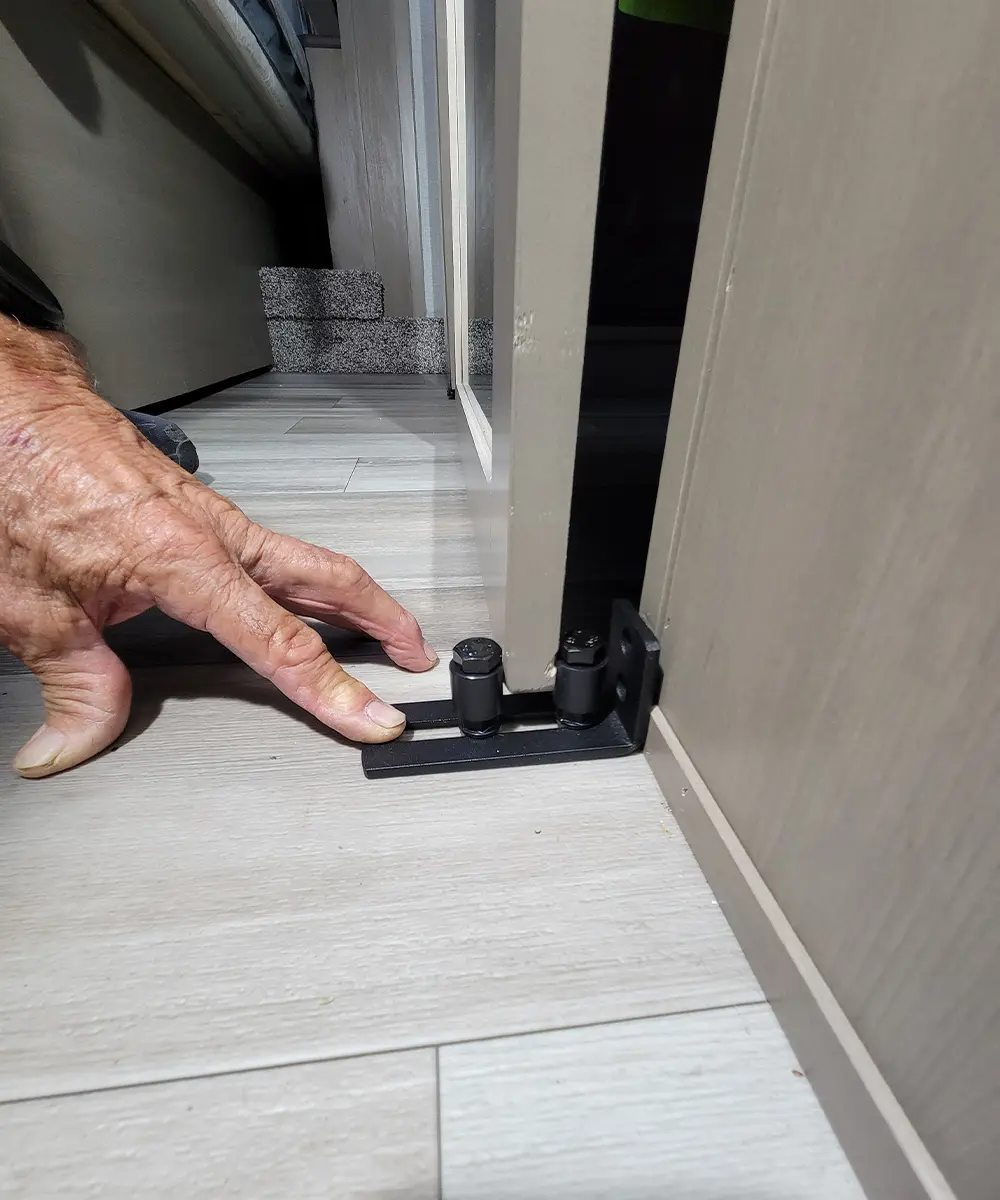
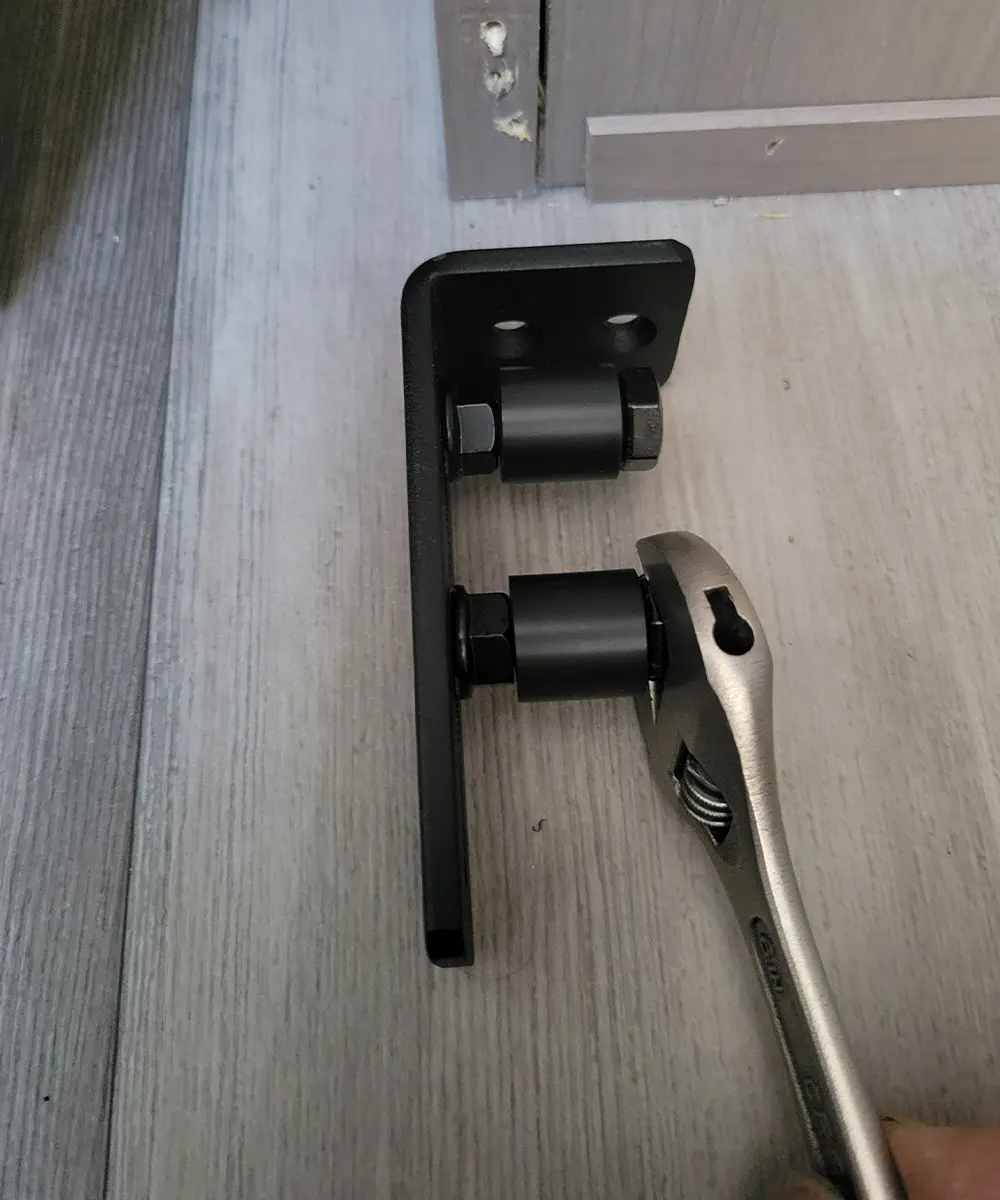
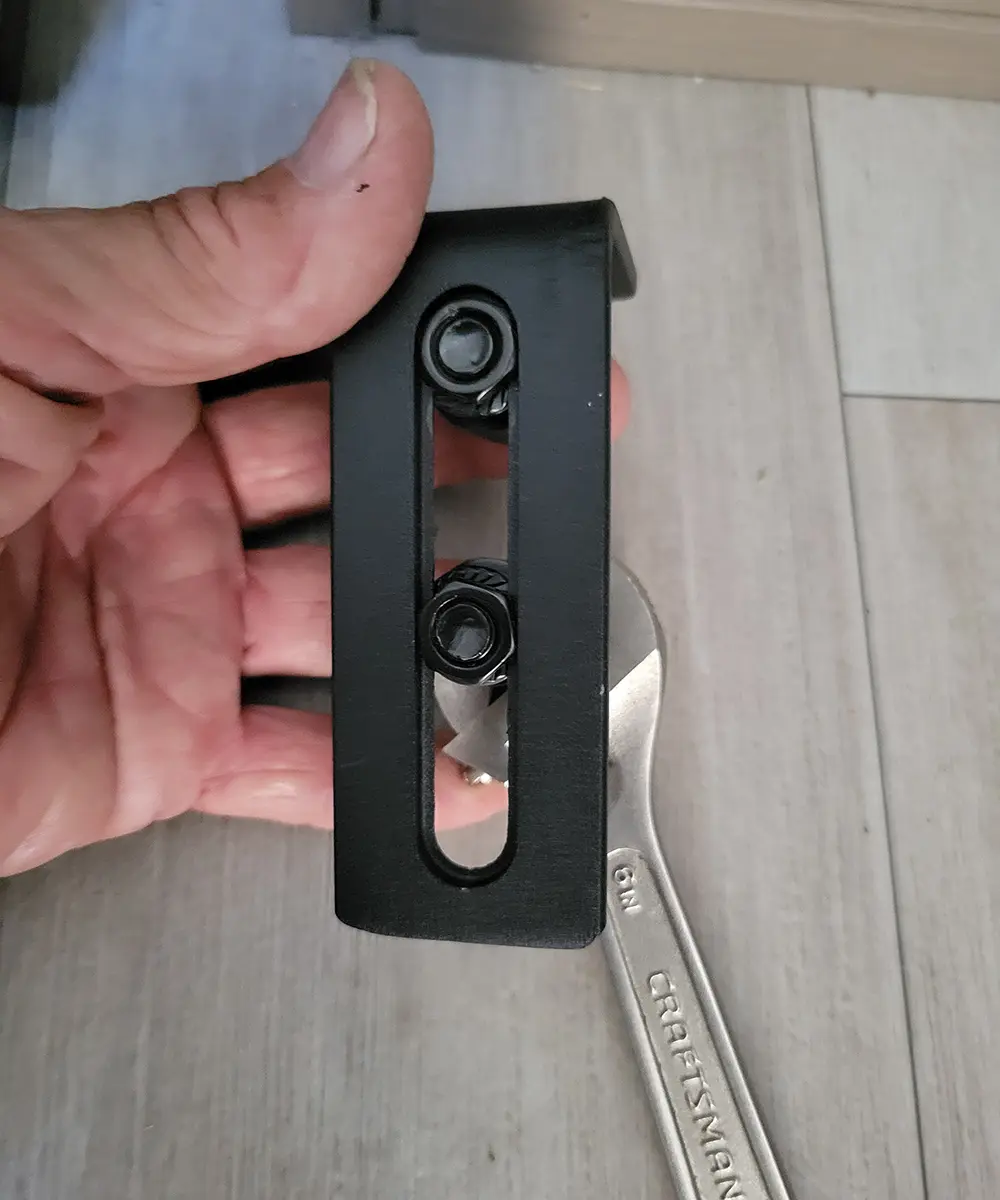
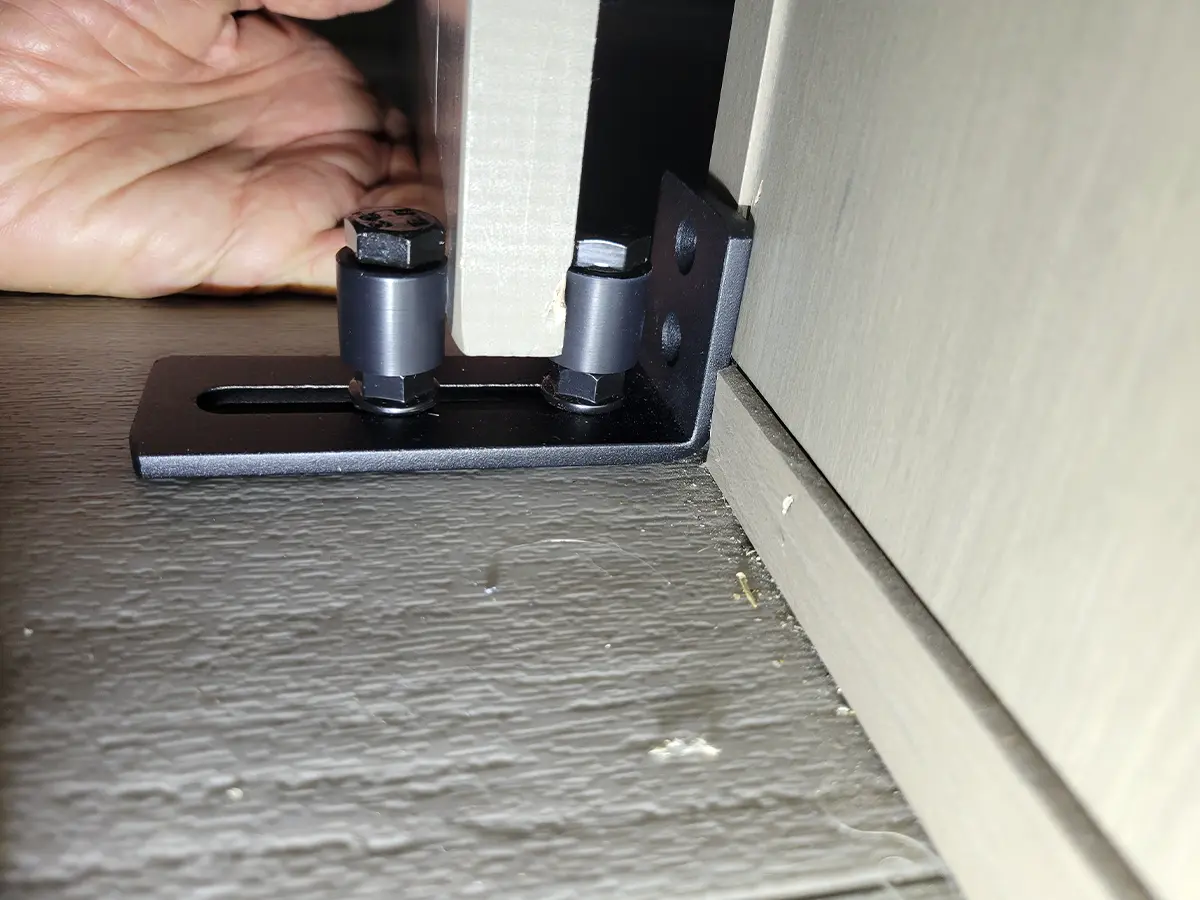
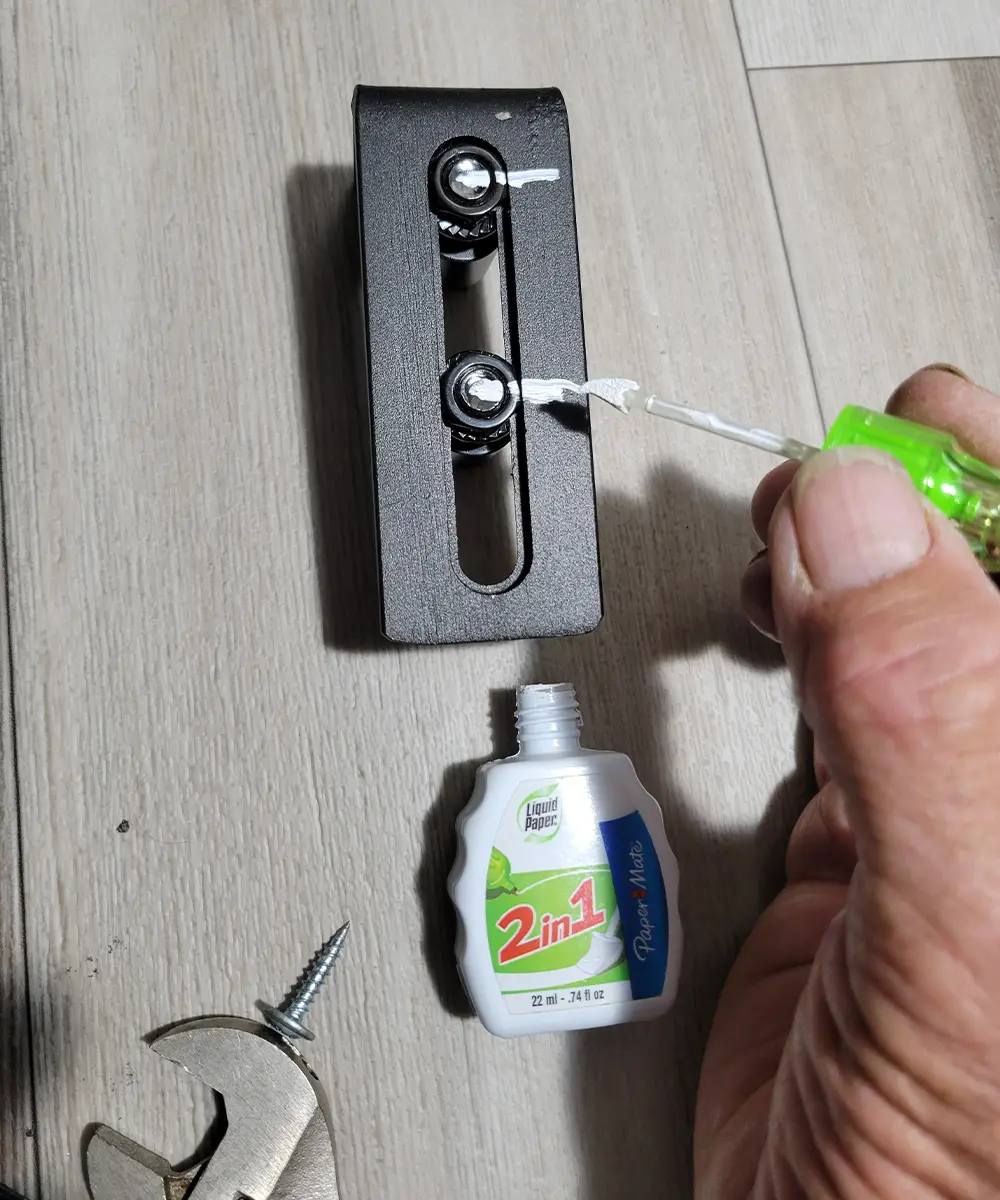
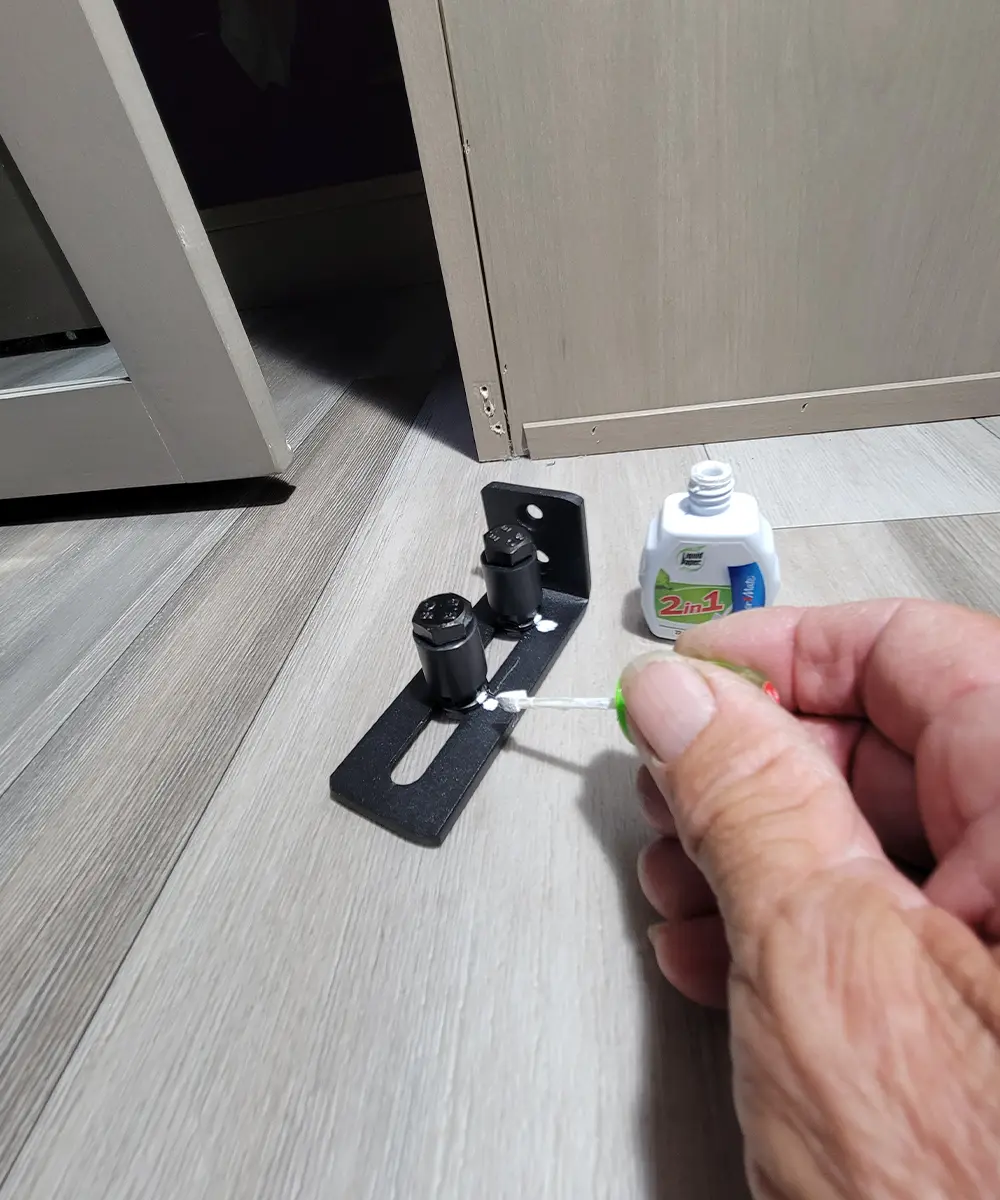
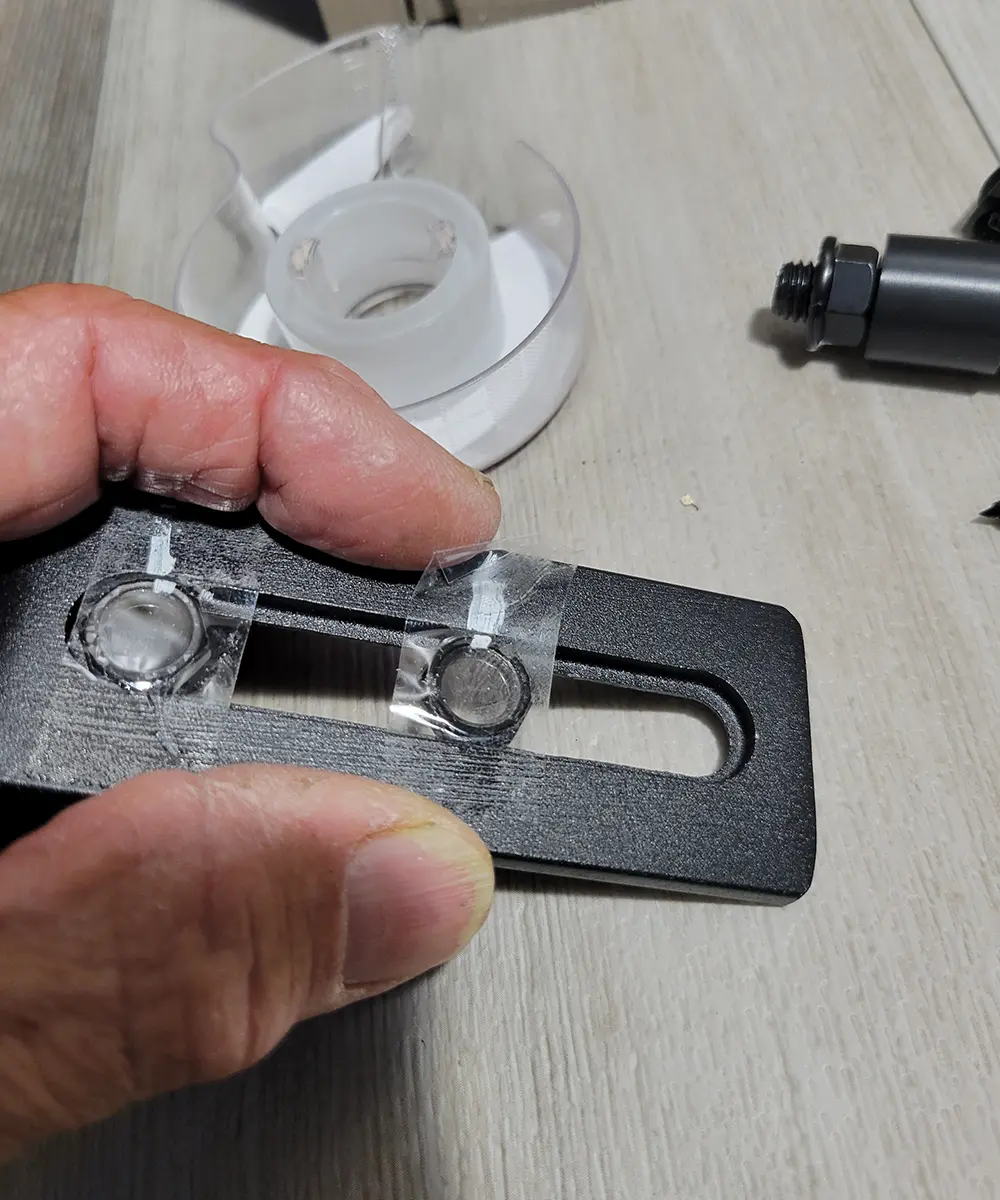
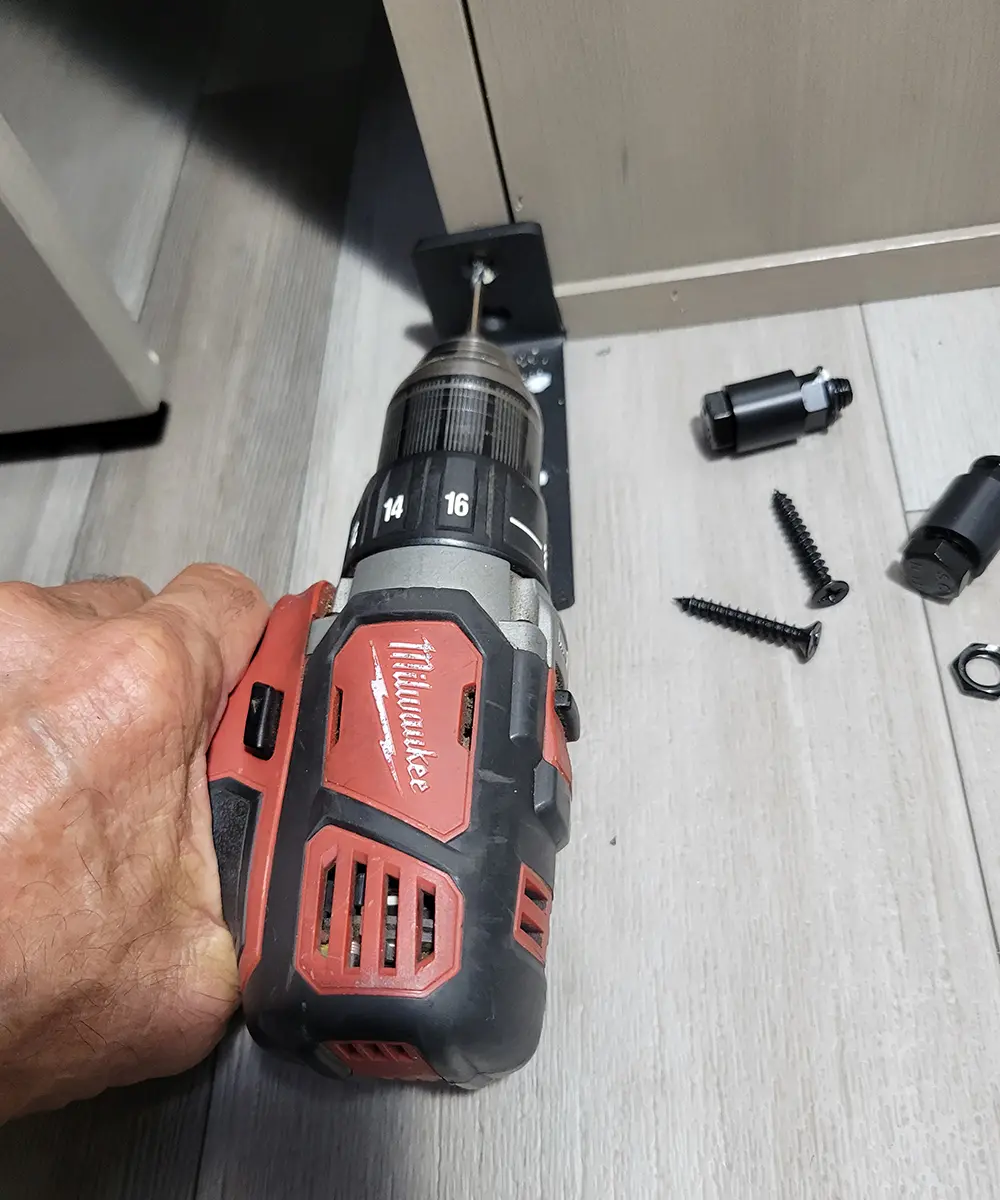
A couple of minor adjustments were made after moving the doors back-and-forth a few times, an operation that is much smoother with the barn door brackets. And they no longer swing out — and become damaged — when on the road. Figure on roughly an hour and a half to install both brackets, after some experimentation to get a perfect fit.
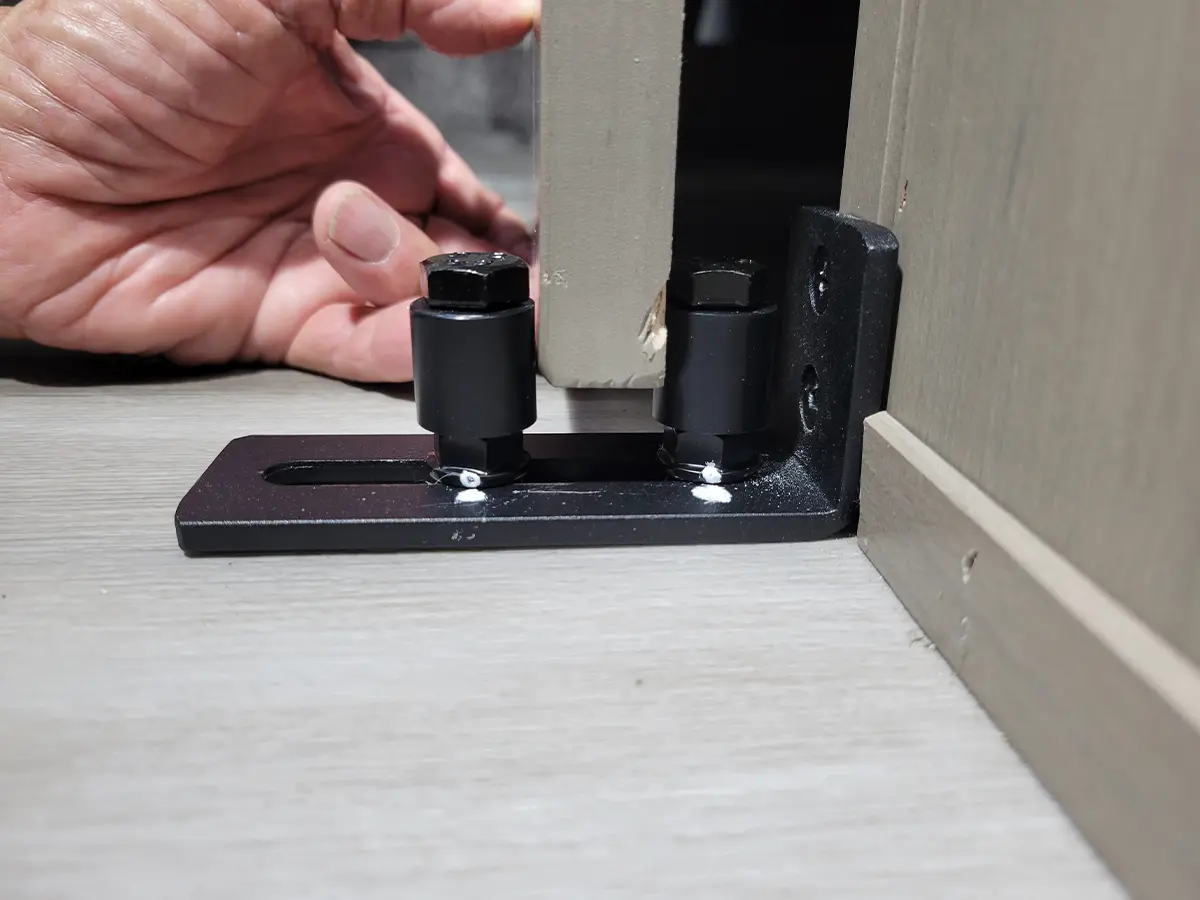
Already a Subscriber? Click here for Access to the Full Issues.

